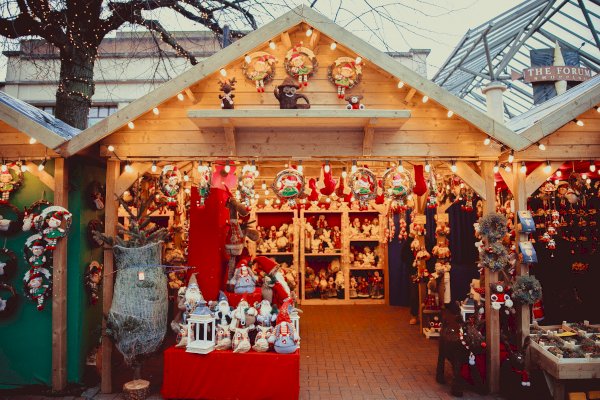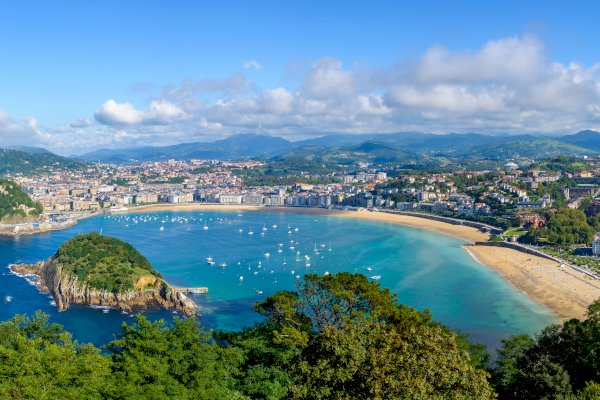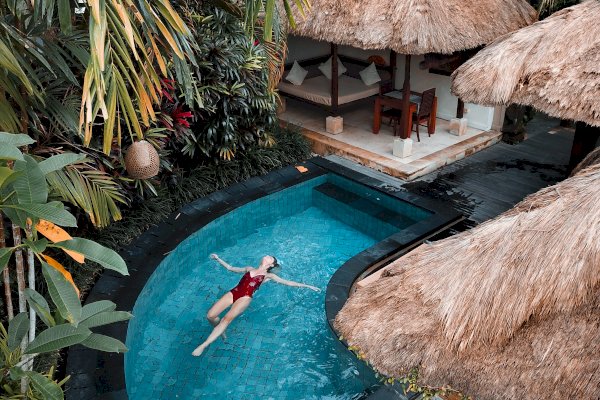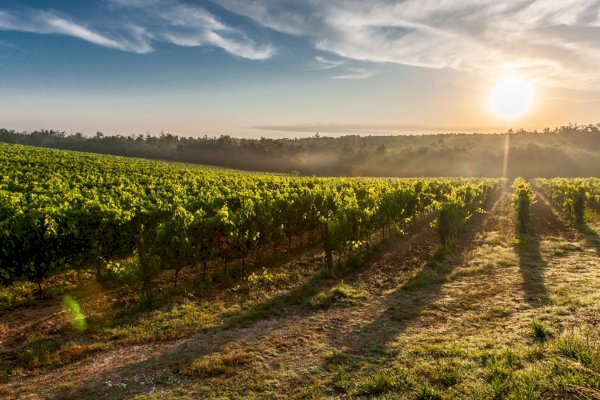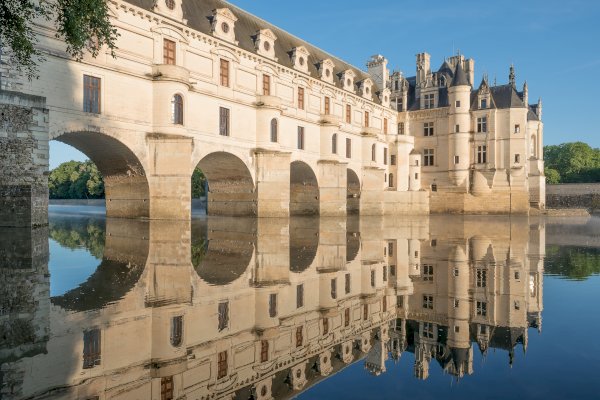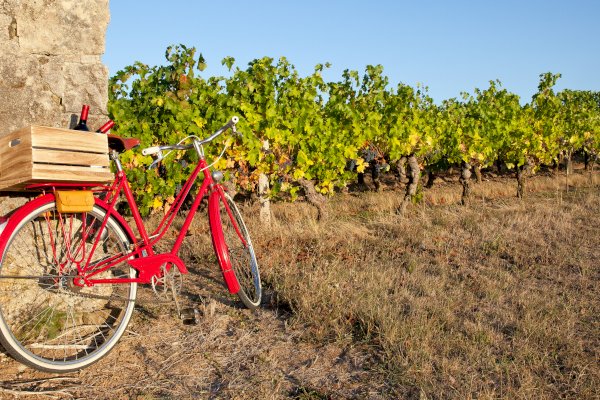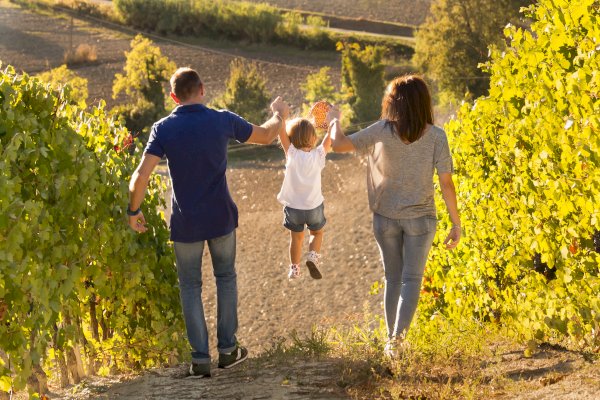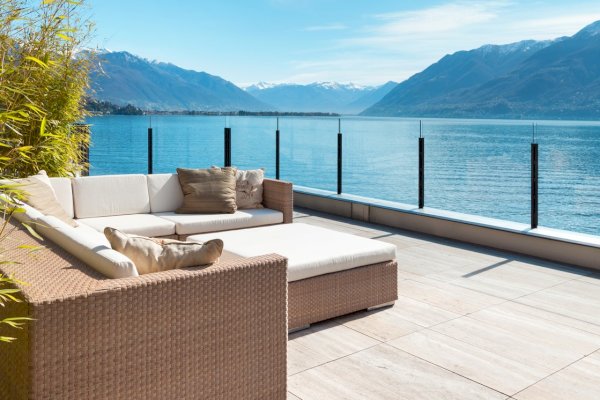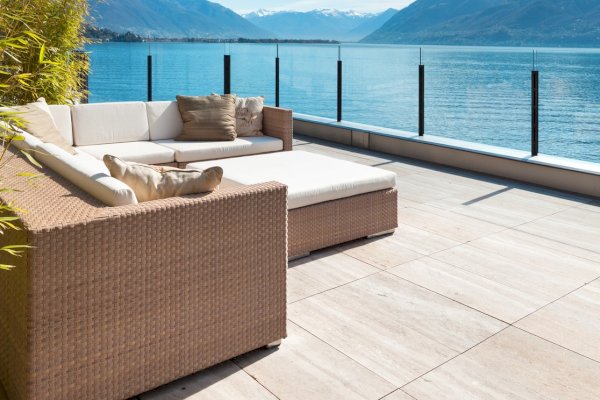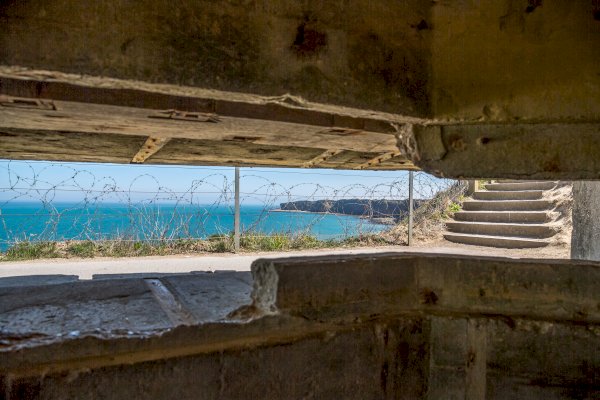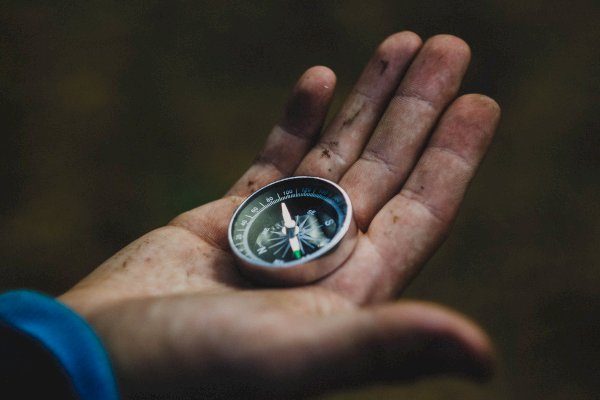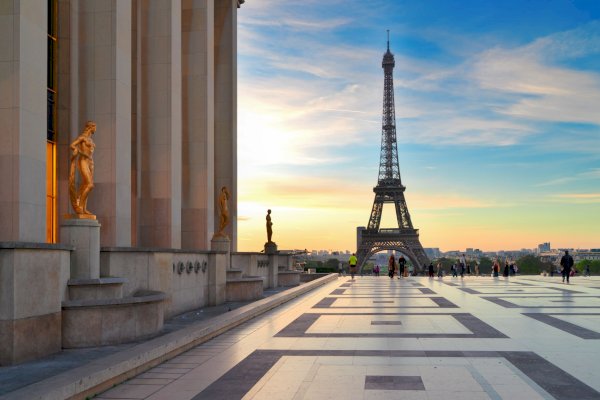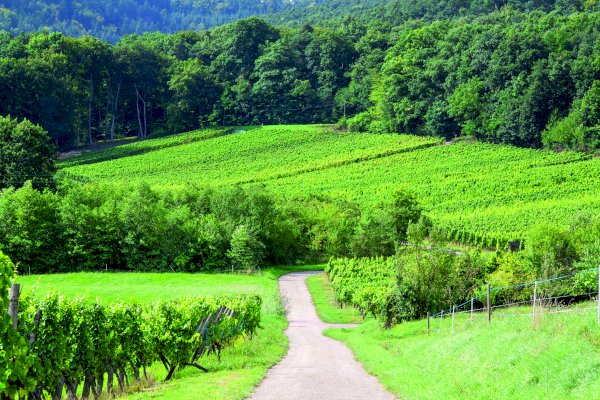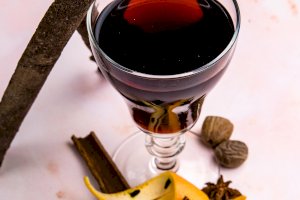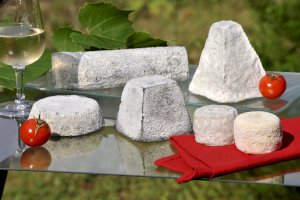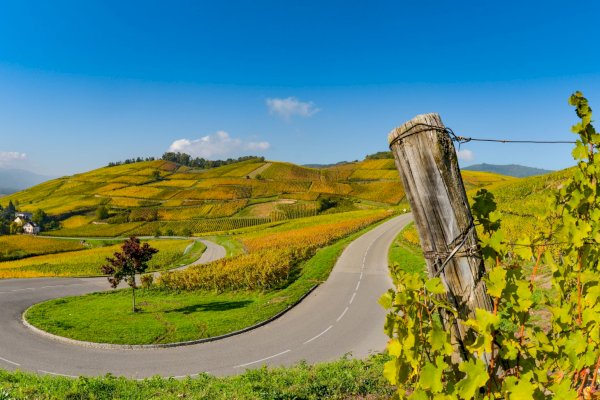
Wine LoverŌĆÖs Guide: 5 Lesser-Known Alsace Wine Appellations
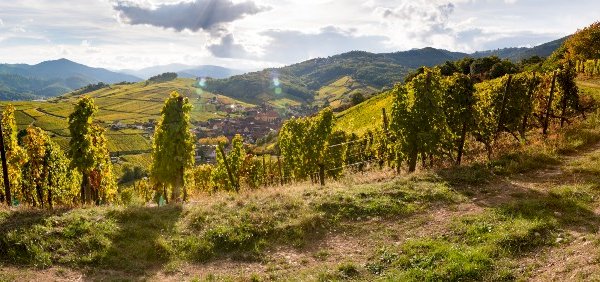
Top 5 Hidden Wine Appellations of Alsace Every Enthusiast Should Know
The wines of Alsace are celebrated for their unique character, with 90% white wines made predominantly from Germanic grapes such as Riesling, Sylvaner, and Gewürztraminer. These wines are traditionally bottled in tall, elegant ‘flute’ bottles.

The Unique Tradition of Alsace Winemaking
Historically, Alsace winemakers have produced bone-dry wines, a stark contrast to their German neighbors, who prefer lighter wines with higher residual sugar.
The region grows seven varieties of grapes, with four considered ‘noble’: Riesling, Gewürztraminer, Pinot Gris, and Muscat. These are typically vinified and bottled individually to highlight the pure expression of each variety.
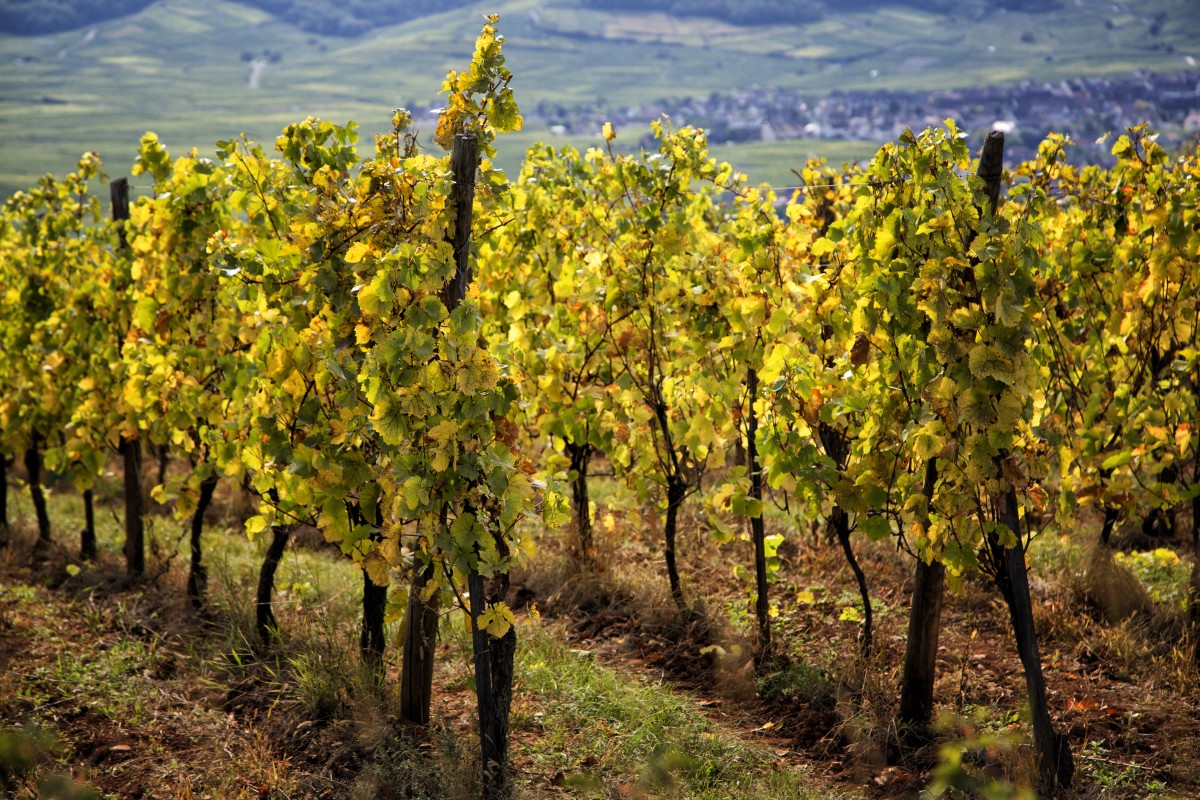
The Diverse Terroir of Alsace
Alsace is renowned for its geological diversity, boasting 13 distinct soil types from eight mother rocks. This variety allows winemakers to match the seven main grape varieties to the optimal terroir, resulting in unique combinations specific to individual vineyard plots, such as a Grand Cru or a lieu-dit.
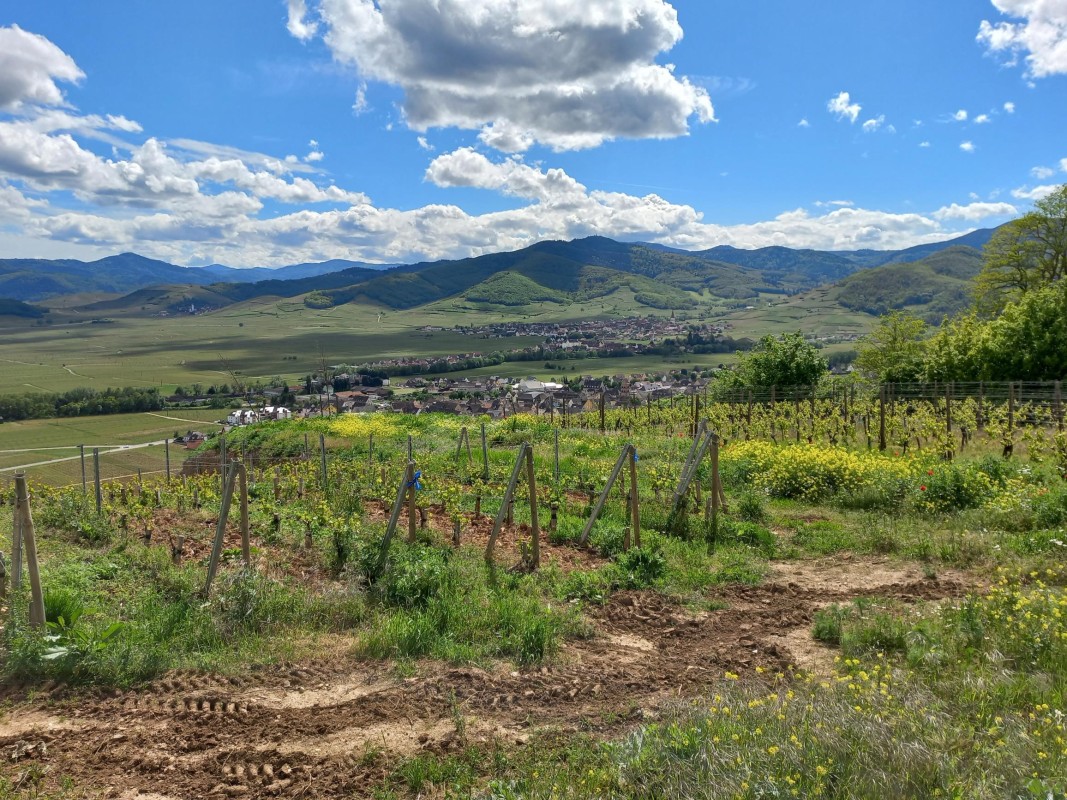
Understanding Alsace Appellations
Alsace is structured by AOC law (Appellation d’Origine Contrôlée), which dictates everything from grape varieties to vineyard density. There are three major AOCs to understand:
AOC Alsace: For easy-drinking and well-priced still wines.
AOC Crémant d’Alsace: For affordable, delightful sparkling wines made in the traditional method, similar to Champagne.
AOC Grand Cru: Encompassing 51 distinct vineyards known for their concentration and complexity. Additionally, since 2011, the 'appellations communales' have introduced stricter production standards.
This includes defined boundaries for 14 communes or inter-communal entities, indicated on labels alongside the AOC Alsace.
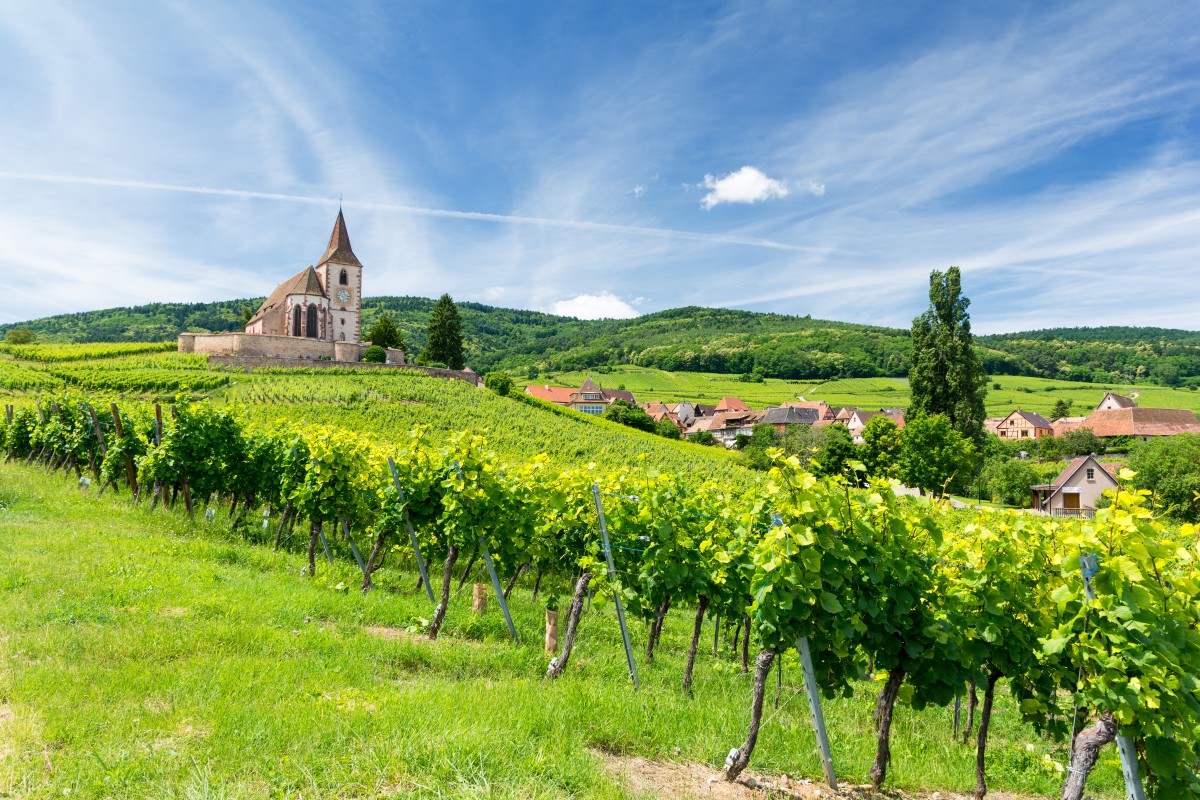
Highlighting Five Key appellations
Today, we explore five notable communes often featured in our wine tours: Bergheim, Klevener de Heiligenstein, Ottrott, Scherwiller, and Vallée Noble.
1. The Bergheim Appellation
The hillsides around the village of Bergheim are characterized by heavy clay and limestone soils, with south and southeast exposures perfect for cultivating Gewürztraminer.
Expect aromas of exotic fruits, spices, and a peppery/ginger finish. Enjoy tastings on our Full Day and Grands Crus tours departing from Strasbourg and Colmar.
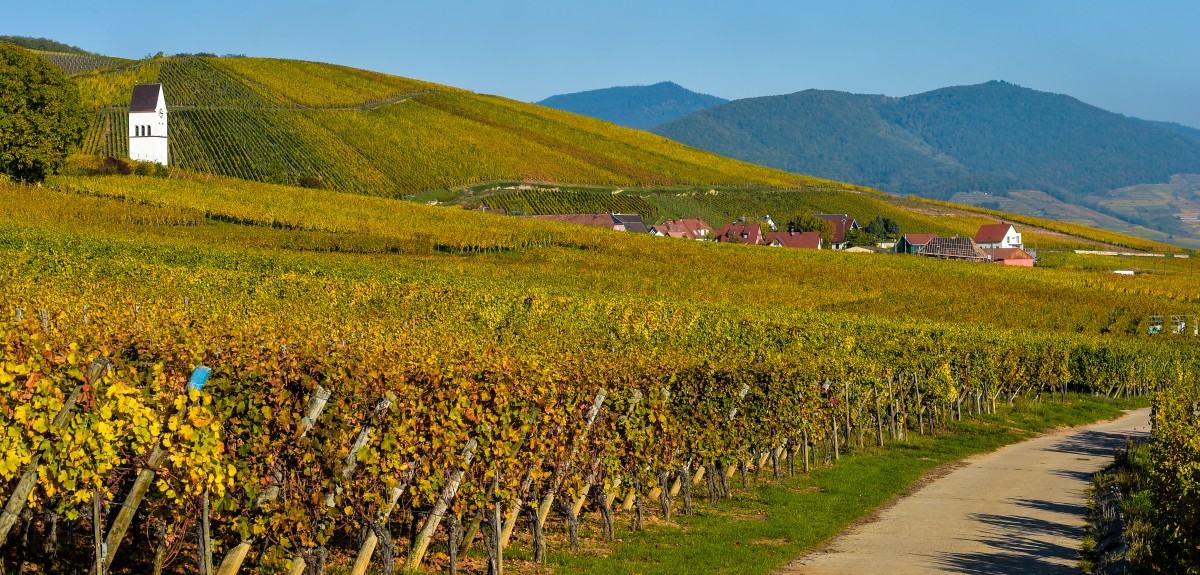
2. Klevener of Heiligenstein
Heiligenstein is known for producing Klevener, a rare variety made from Savagnin Rose. This wine, grown on just 60 hectares, is elegant, strong, and subtly aromatic. It’s a must-taste on our half-day wine tours from Strasbourg.
3. Rouge d'Ottrott Appellation
The village of Ottrott, located on the slopes of Mont Ste Odile, is famed for Pinot Noir. Le Rouge D’Ottrott has a rich history dating back to 1109 when Benedictine monks brought vines from Burgundy. Experience these velvety red wines on our half-day wine tours from Strasbourg.
4. The Scherwiller Appellation
Scherwiller specializes in Riesling, grown in alluvial, light, and dry soils. These wines have a distinctive nutmeg fragrance with hints of lemon. Visit our partner wineries in this area, many of which practice organic or biodynamic farming.
5. The Vallée Noble Appellation
Nestled at the foot of the Vosges mountains, the Vallée Noble benefits from a unique microclimate ideal for Pinot Gris, Gewürztraminer, and Riesling. The terroir produces honeyed, smoky, and spicy wines with a hint of grapefruit.
Small Group alsace wine Tours for Wine Lovers
Our tours are led by professional, expert guides who speak impeccable English and hold at least a WSET Level 2 diploma in wines. Whether you're a wine expert or an enthusiast, we offer perfect itineraries for exploring Alsace’s wine regions.

Our Alsace Wine Tours & Day Trips depart from Strasbourg, Colmar, Mulhouse and Riquewihr. Embark on an unforgettable journey through the wines of Alsace with us. Book your tour today and savor the unique flavors of this remarkable wine region.

Secured payments

easy cancellation

 Please wait
Please wait


